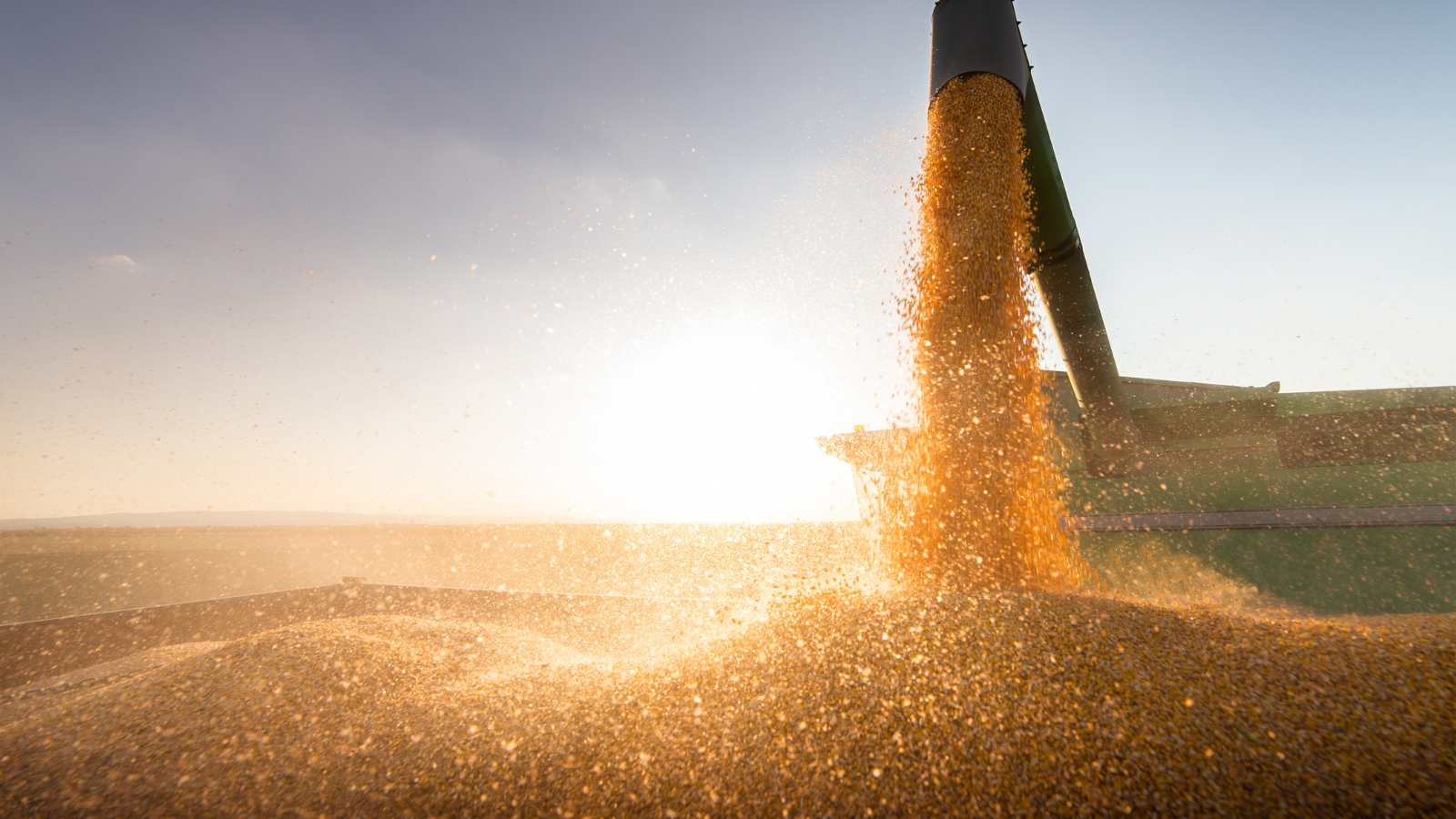Merchandising: What's the Worst that Could Happen?
As the season of fall harvest planning is upon us, let us take a moment to review the idea, and the reality, of the importance of having a grain flow...
4 min read
Jason Wheeler Aug 23, 2016

 Some costs in business are unavoidable. Production Agriculture is no different. It seems like everyone is trying to take a piece from you at every turn sometimes and you are the one taking all the risk and feeding the world. You try and cut costs where you can and be as efficient as possible, but there is just a lot that goes into producing grain. It takes land, seed, fertilizer, chemical, fuel, equipment, and labor just to name a few. No matter the year or the circumstances, you have to pay those bills and many others.
Some costs in business are unavoidable. Production Agriculture is no different. It seems like everyone is trying to take a piece from you at every turn sometimes and you are the one taking all the risk and feeding the world. You try and cut costs where you can and be as efficient as possible, but there is just a lot that goes into producing grain. It takes land, seed, fertilizer, chemical, fuel, equipment, and labor just to name a few. No matter the year or the circumstances, you have to pay those bills and many others.
Then, of course, there are the years where the price is too low or production not sufficient to cover all those costs. This is where the unavoidable and avoidable costs diverge. In these years, producers look for ways to make up the difference. These methods range from the simple “wait and see” method to some more creative strategies to flat out wild and confusing strategies. No matter what flavor you choose, it adds costs, risks, or both to an already difficult marketing year. All of these post-harvest costs and risks are completely avoidable. Let’s discuss a few of them and how to avoid them.
Storage/ Price Later
If you still haven’t sold by the time harvest arrives and prices are low, this is a big temptation. It’s only a few cents a month or maybe a small dump fee plus a few cents a month. You have to ask yourself: “In a year where I’m already struggling to break even, do I need to add more costs and move my breakeven further away?” Then there’s the very legitimate possibility that you pay all of those fees and still take a lower price when you do end up selling.
Buying Options
To combat the risk of falling prices, some are tempted to buy an option to establish a floor or minimum price for their grain. While this is a good method to protect from the downside price risk, it can be costly. This, of course, moves your goalposts further away on having a profitable year. And now you have to forego the first part of any rally that does happen to recover your premium cost for the option. And that first part of the rally could be the only part of the rally.
HTAs and Basis Contracts
HTA (AKA futures only) contracts and basis contracts commonly have upfront charges, but sometimes they may not. However, both often end up charging roll fees the longer you wait to price. The problem with these contracts is that it takes your already difficult selling decision and gives you two selling decisions. Each day, the cash price available occurs as a result of the combination of the futures price and local basis. When you separate these two, you are trying to adjoin two completely unrelated markets to create your selling price. While it’s possible to hit a homerun with this, it’s equally possible to create a worse price than anyone could have sold all year. There are enough unpredictable things about marketing without creating a new one. Of course, paying the extra fees on top of that make it hurt even worse.
Fancy Contracts
In these years of lower prices, companies get more and more hard pressed to get grain bought and they try to come up with new and creative ways to do so. Thus, many complex and confusing contracts come about where you commit to possibly selling a certain number of bushels at an unknown price. Sometimes bushels are known, sometimes they can range from no bushels, to double what you’ve contracted. Sometimes you have a range of prices that will be sold, sometimes you do not. It’s in these years that you will see old contracts that have fallen out of favor due to poor outcomes come back with a new name, but same old scheme as always. Many times, there are upfront fees charged, but sometimes the fees are hidden within the unknown price that you’ll be receiving. Other times, there is actually a premium above the market on some bushels. The main thing to understand with these or any contracts is that when you accept a premium, you also are accepting extra risk. This may not be risk you are comfortable having on top of all the risks already involved in your business.
Avoiding the Costs and Risks for Good
Of course, the simple answer to avoid these added costs and risks is to just make sure and sell all that you can at profitable levels before harvest and sell the rest at harvest. This is much easier said than done and many reading this would say it’s not realistic. So what is realistic? Can you do better? Can you lessen the amount of bushels you accept post-harvest cost and risk on?
Give yourself a marketing deadline! This is a shift in how you think about your farm marketing season. Many think that they have until the next harvest starts to sell their grain. Some have a deadline of planting season. The elite marketers look at harvest as their deadline. Whatever isn’t sold on forward contracts gets sold across the scales. This even applies to those with their own grain storage. You can sell for forward delivery months at harvest and pick up market carries that pay you a premium for your investment in the grain storage. Using grain bins as a way to delay your marketing with less cost is only using your grain bins as a crutch for indecisiveness. Using them in this way when the prices fall actually makes the bins cost you even more money. Make them work for you and sell forward deliveries where you are picking up carries above the spot market.
Do those elite marketers who try to be completely sold by harvest always get it 100% done? Not always, but that mindset pushes them to smarter decisions which avoid many costs and risks that are unnecessary to their business. They not only avoid the post-harvest costs, but also a lot of the added stress from delayed decision making and don’t find themselves wrapped up in complex contracts with a lot of unknowns.
I’ll conclude with a very relevant quote from a former President: “They say the world has become too complex for simple answers. They are wrong.” -Ronald Reagan

As the season of fall harvest planning is upon us, let us take a moment to review the idea, and the reality, of the importance of having a grain flow...

Take advantage of this transition period to reflect, strategize, and prepare for the upcoming season. Summertime in the grain business is both a time...

High futures prices are offering an opportunity for growers and buyers of grain to achieve above average margins.